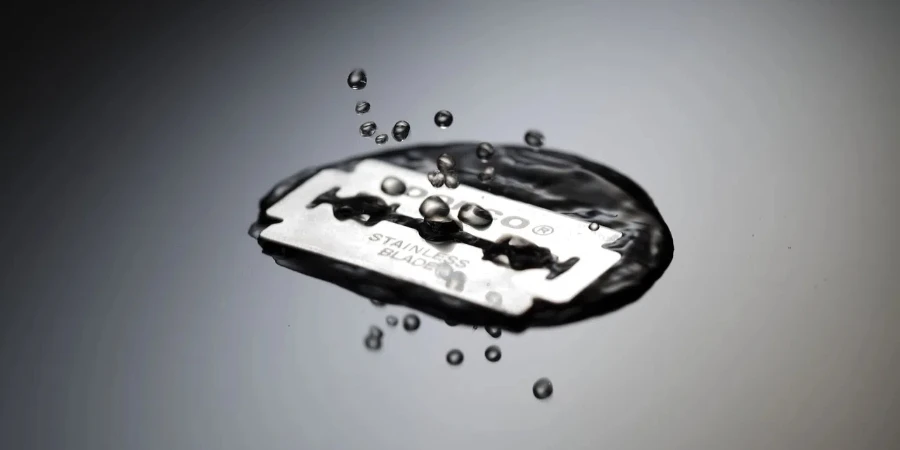In the realm of personal grooming, the razor blade stands out as a fundamental tool, yet its complexity is often underestimated. This article aims to demystify the razor blade, offering insights into its various aspects that impact our daily shaving routine. By understanding the nuances of razor blades, users can make informed decisions to improve their personal care regimen.
Table of Contents:
– The anatomy of a razor blade
– Types of razor blades and their uses
– Maintaining your razor for longevity
– The environmental impact of razor blades
– Choosing the right razor blade for your skin type
The anatomy of a razor blade
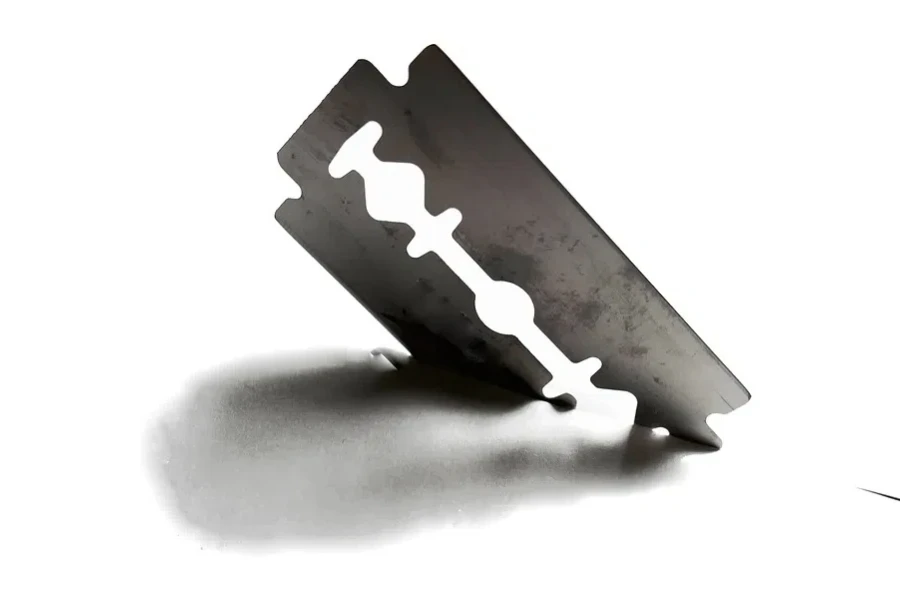
Razor blades may appear straightforward, but they are the product of intricate engineering. The core component, the blade itself, is typically made from stainless steel, known for its durability and resistance to rust. The sharpness of a blade is not just a matter of material but also of the angle at which it is ground. A finer angle results in a sharper blade but can compromise durability.
Manufacturers often coat blades with materials like Teflon or diamond-like carbon to enhance performance. These coatings reduce friction, allowing the blade to glide more smoothly across the skin, minimizing irritation. Additionally, the number of blades in a razor can vary, with each configuration offering a different shaving experience.
Types of razor blades and their uses
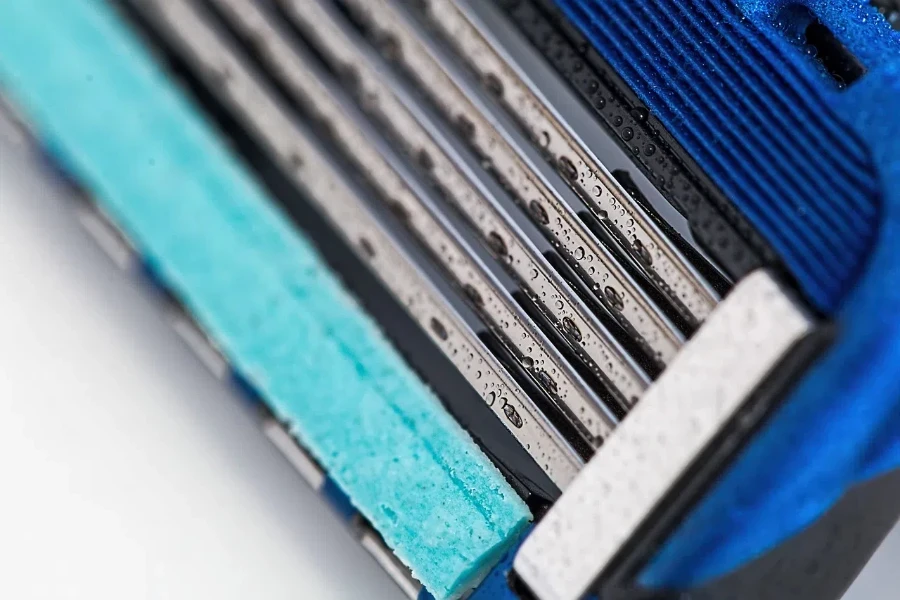
Razor blades come in various forms, each designed for specific purposes. The single-blade safety razor, revered for its precision, is preferred by those seeking a close shave with minimal irritation. Its simplicity allows for easy cleaning and maintenance, making it a durable option.
Cartridge razors, featuring multiple blades, are designed to provide a closer shave in fewer strokes. While convenient, they can be more prone to causing ingrown hairs and irritation for those with sensitive skin. On the other hand, disposable razors offer convenience for travelers or those seeking a quick shave without the commitment to maintenance.
Maintaining your razor for longevity
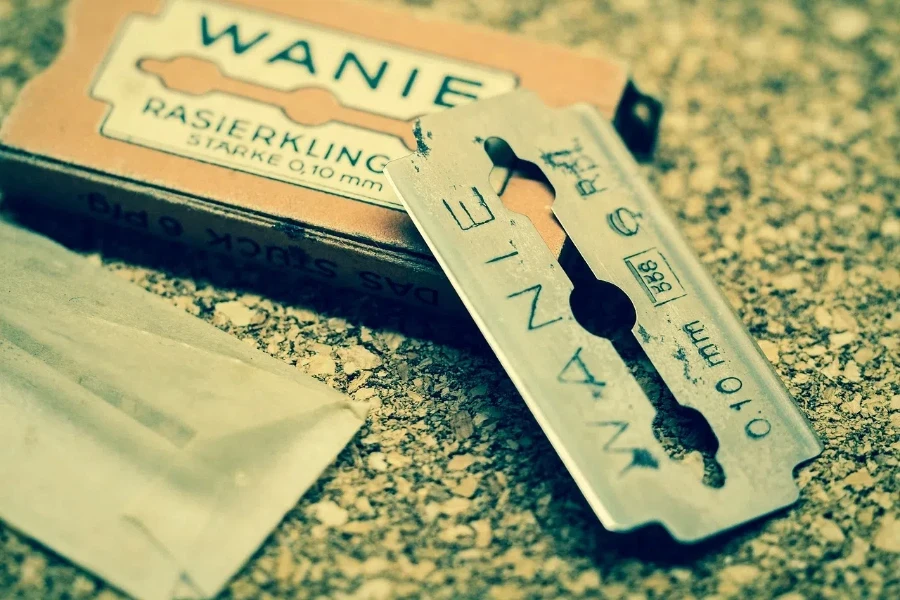
Proper maintenance not only extends the life of your razor blade but also ensures a better shaving experience. After each use, rinsing the blade under hot water removes debris and prevents buildup, which can dull the blade. Drying the blade thoroughly after rinsing prevents rust and prolongs its sharpness.
Storing your razor in a dry, ventilated area reduces exposure to moisture, further preventing rust. Regularly replacing the blade is also crucial; a dull blade can lead to irritation and an unsatisfactory shave. Recognizing the signs of wear and understanding your shaving frequency will guide timely replacements.
The environmental impact of razor blades
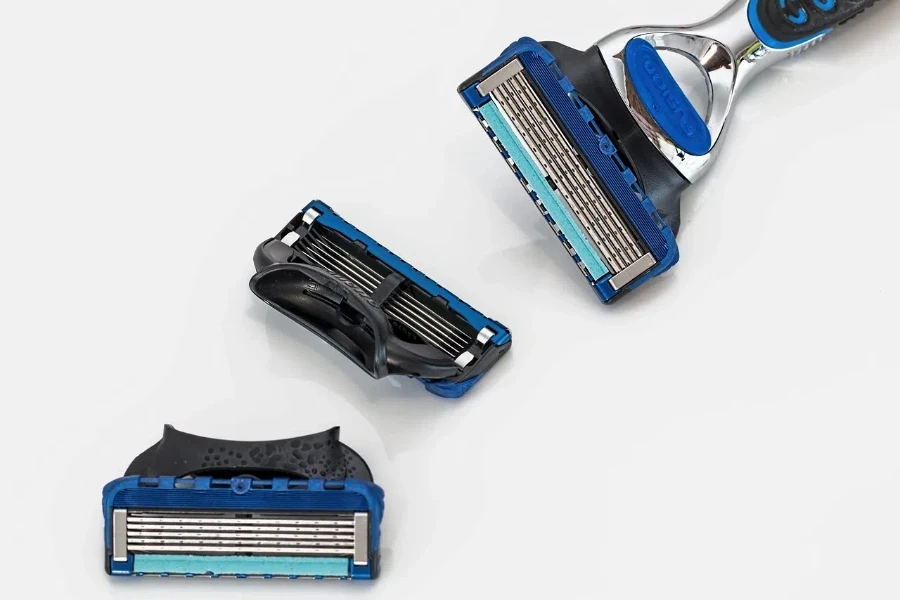
The environmental footprint of razor blades is a growing concern. Disposable razors, made from plastic and metal, contribute significantly to landfill waste. The challenge of recycling these materials, due to their small size and composition, exacerbates the issue.
Sustainable alternatives, such as safety razors with replaceable blades, offer a more environmentally friendly option. These blades are often made entirely of metal, making them easier to recycle. By choosing sustainable shaving tools, users can reduce their environmental impact while enjoying a high-quality shave.
Choosing the right razor blade for your skin type
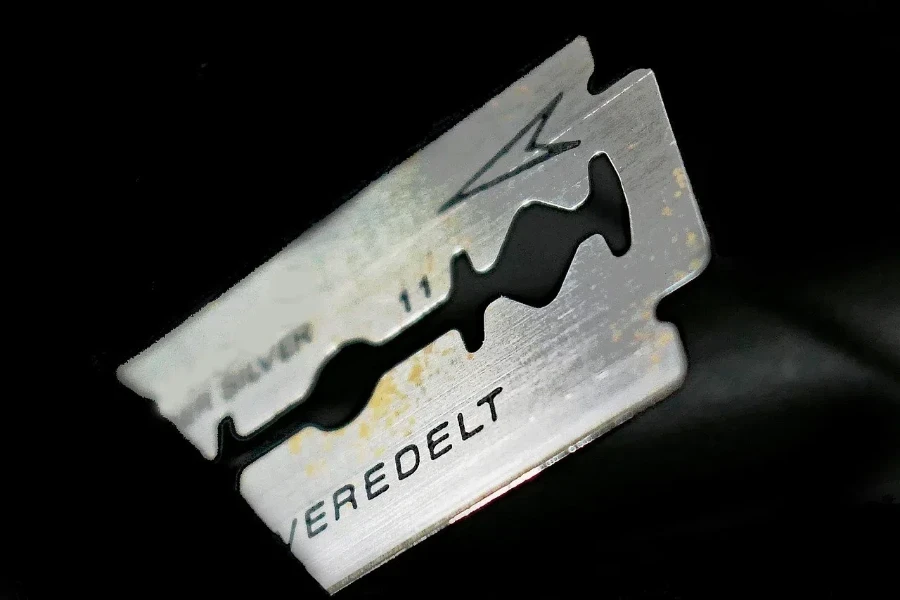
Selecting a razor blade that complements your skin type is essential for a comfortable shave. For sensitive skin, a single-blade razor or a cartridge razor with fewer blades may reduce irritation. These razors allow for more control over pressure and angle, minimizing the risk of nicks and cuts.
Conversely, those with coarser hair may benefit from a multi-blade razor, which can tackle tough hair more effectively. However, it’s important to consider the quality of the blades and the razor’s ergonomics. A well-designed handle can improve control and precision, leading to a better shaving experience.
Conclusion:
Understanding the intricacies of razor blades can transform your shaving routine from a mundane task to an enjoyable ritual. By considering the anatomy, types, maintenance, environmental impact, and suitability for your skin type, you can choose a razor blade that offers a superior shave. Embracing these insights not only enhances personal care but also contributes to a more sustainable lifestyle.
